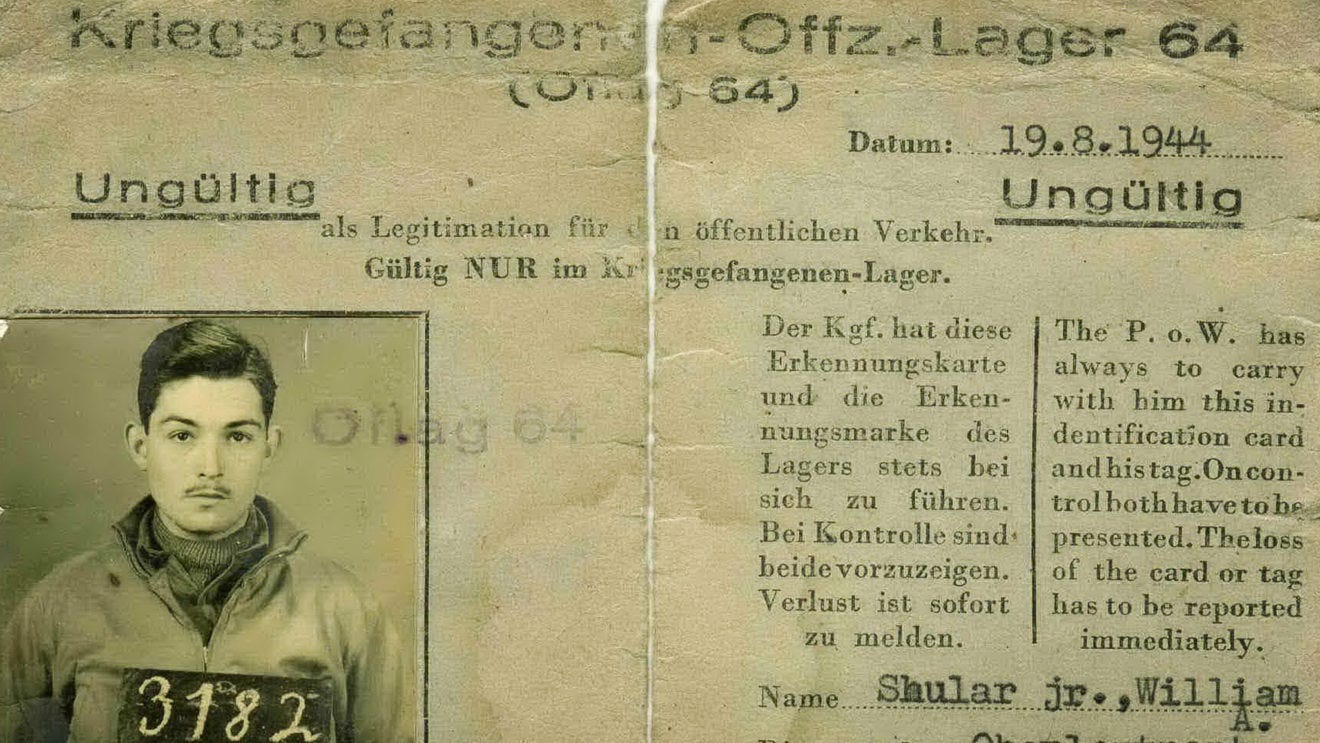The Secret Story of the POWs Who Tunneled Through a Toilet to Freedom
Imprisoned by the Germans, three North American soldiers spent every day in the latrine, scraping away until they reached the other side.
Skinny, gaunt, 25-year-old William Ash from Dallas, Texas, strolled up to the wooden shed that housed the prisoner of war camp’s communal latrine block – the Abort, the Germans called it. A fellow POW lounging against the wall by the door gave Ash a nod. This guy was a “stooge,” standing lookout, and the nod indicated the “all clear.” Ash passed into the Abort building.
It was Wednesday, March 3, 1943, a bleak winter’s day. And this toilet block was the main ablutions facility in the Wehrmacht’s Offizierslager XXI-B prisoner of war camp, built on the western outskirts of the town of Schubin, Poland. Here, the Second World War’s largest Anglo-American POW escape to date would soon go forward.
Inside the latrine building, two rows of eighteen boxed-in toilet seats extended down each wall, side by side. The ancient Romans had devised this form of communal lavatory. Just as human plumbing had remained unchanged, nothing much had been altered in latrine desig…


